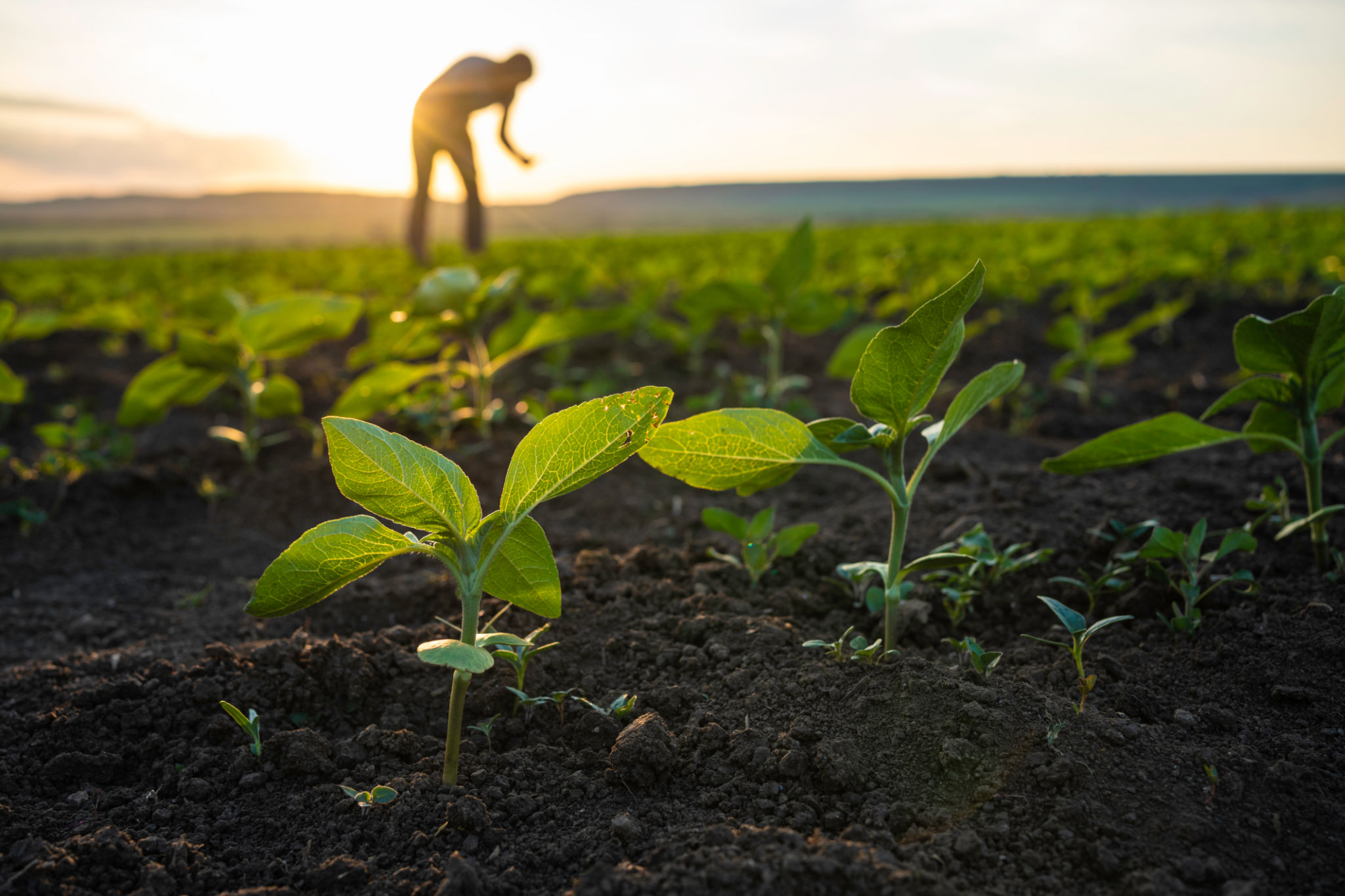Case Study: Successful Implementation of Floating Covers in Agriculture
Introduction to Floating Covers in Agriculture
In recent years, the agricultural industry has seen a surge in innovative practices aimed at enhancing productivity and sustainability. Among these innovations, the implementation of floating covers has emerged as a highly effective technique for various agricultural applications. This case study explores the successful integration of floating covers in agricultural settings, highlighting their benefits and the impact on crop production.
Floating covers are essentially flexible sheets that float on the surface of water bodies or storage tanks. They serve multiple purposes, including reducing water evaporation, controlling algae growth, and preventing contamination from external sources. By understanding the dynamics of floating covers, farmers can effectively improve water management and crop yields.

Benefits of Floating Covers
The adoption of floating covers offers numerous advantages, primarily focusing on water conservation and quality control. One of the most significant benefits is the reduction of water evaporation. In regions experiencing arid climates or water scarcity, minimizing evaporation is crucial for conserving water resources.
Additionally, floating covers help in maintaining water quality by limiting exposure to contaminants and reducing algae growth. This is particularly important in irrigation ponds where water quality directly impacts crop health and yield. By controlling algae, farmers can also decrease the need for chemical treatments, promoting a more sustainable agricultural practice.

Application in Crop Production
The implementation of floating covers has proven successful in various crop production scenarios. For instance, they have been used effectively in rice paddies to manage water levels and improve plant growth conditions. By reducing evaporation and maintaining a stable temperature, floating covers create an ideal environment for rice cultivation.
Moreover, floating covers have been applied in fruit and vegetable production, where they help in preserving soil moisture and reducing the frequency of irrigation. This not only conserves water but also reduces labor and operational costs for farmers. The environmental benefits, coupled with economic savings, make floating covers an attractive option for modern agriculture.

Challenges and Solutions
While floating covers offer numerous benefits, their implementation does come with challenges. These include the initial cost of installation and maintenance requirements. However, many farmers have found that the long-term savings on water and chemicals offset these initial expenses.
To address maintenance concerns, regular inspections and proper installation techniques are recommended. Ensuring the cover is securely anchored and free from tears or damage can extend its lifespan significantly. Many suppliers now offer durable materials that withstand harsh weather conditions, further enhancing their viability for long-term use.
Conclusion: A Step Towards Sustainable Agriculture
The successful implementation of floating covers in agriculture marks a significant step towards more sustainable farming practices. By conserving water, reducing chemical use, and improving crop yields, these covers align with global efforts to enhance agricultural sustainability.
As more farmers recognize the potential of floating covers, the agricultural industry is likely to see increased adoption of this innovative solution. With continued research and development, the effectiveness and accessibility of floating covers will only improve, paving the way for a more sustainable future in agriculture.

